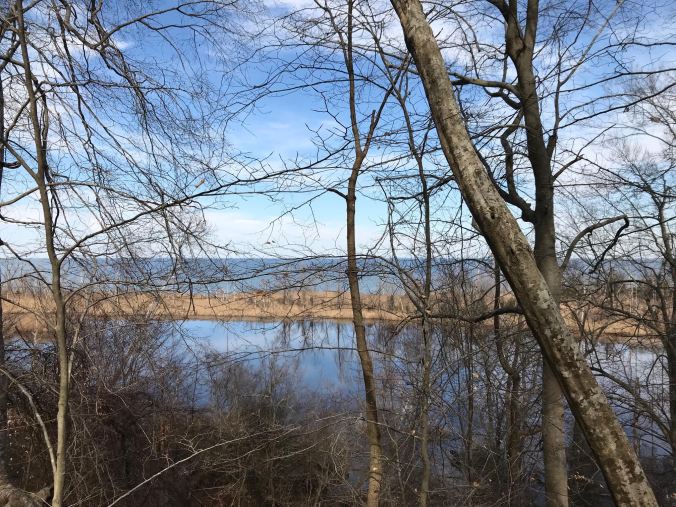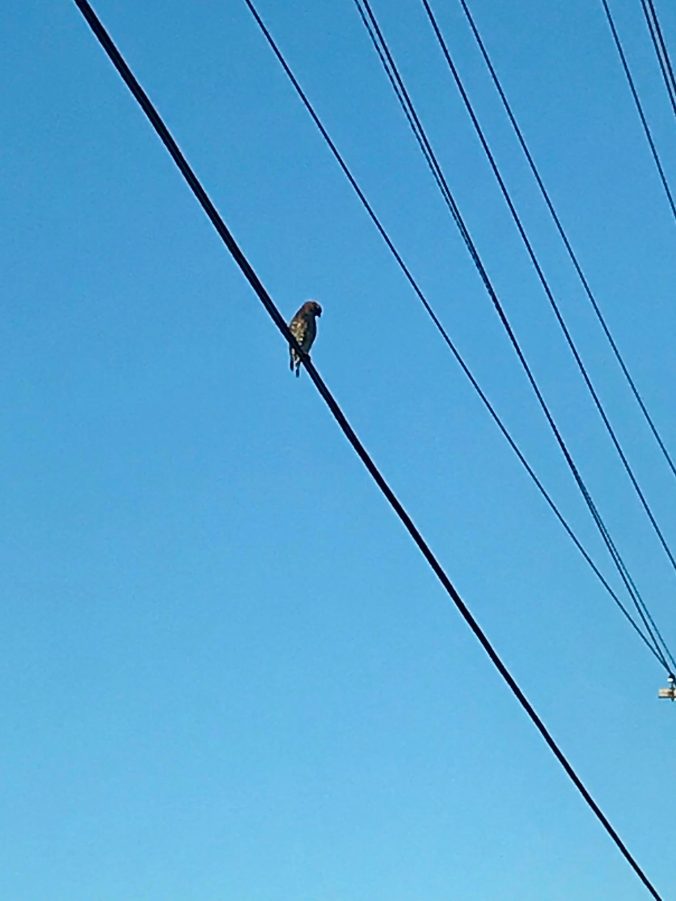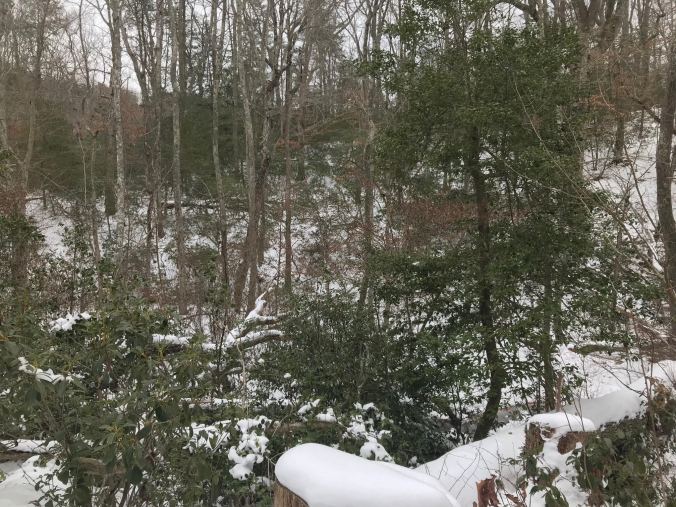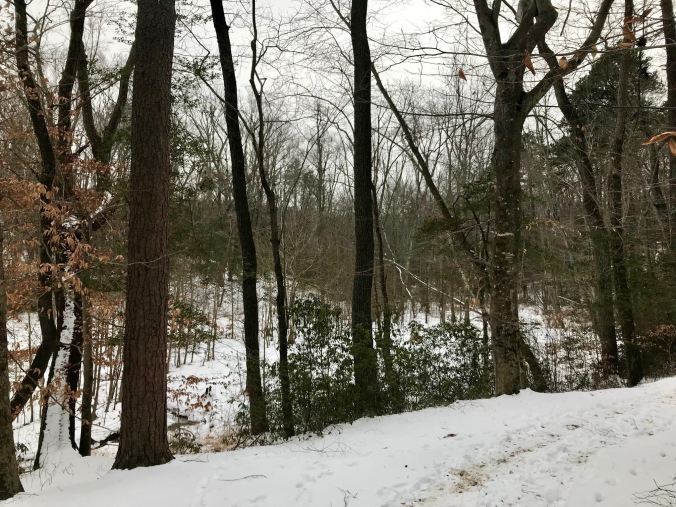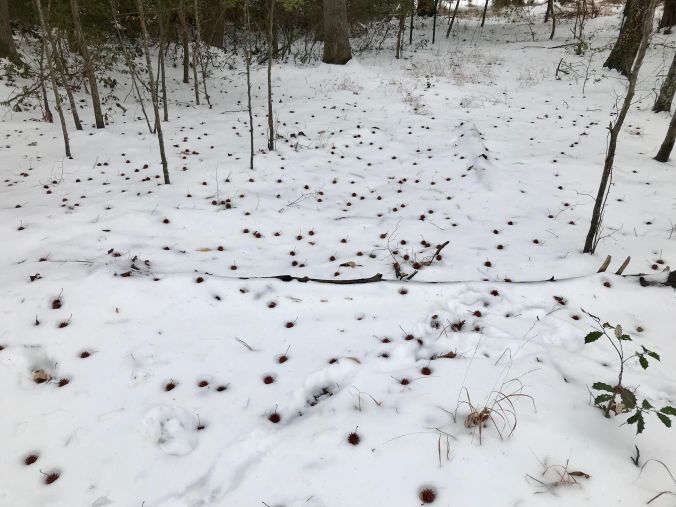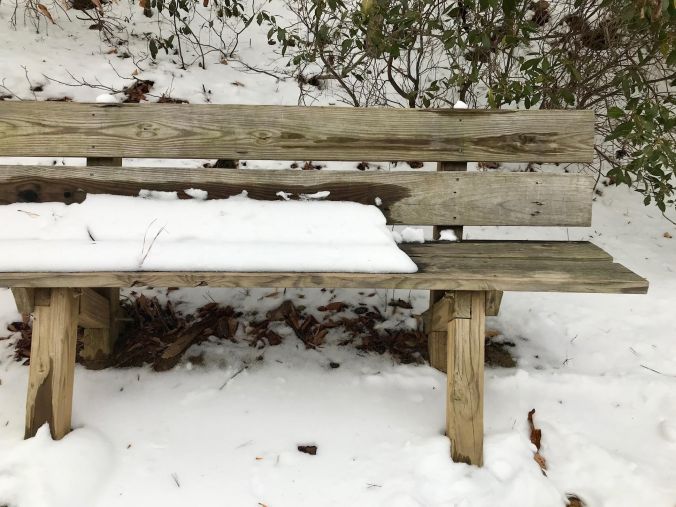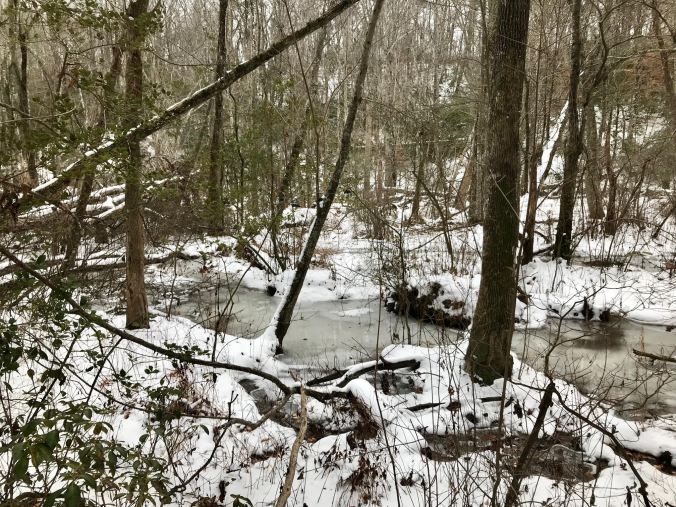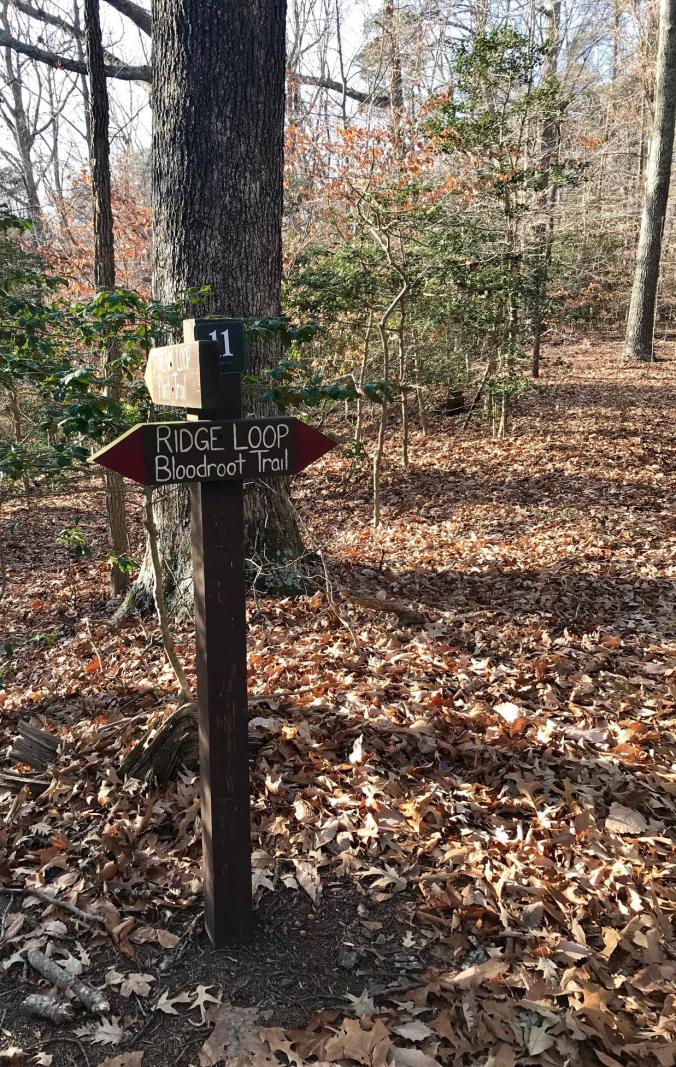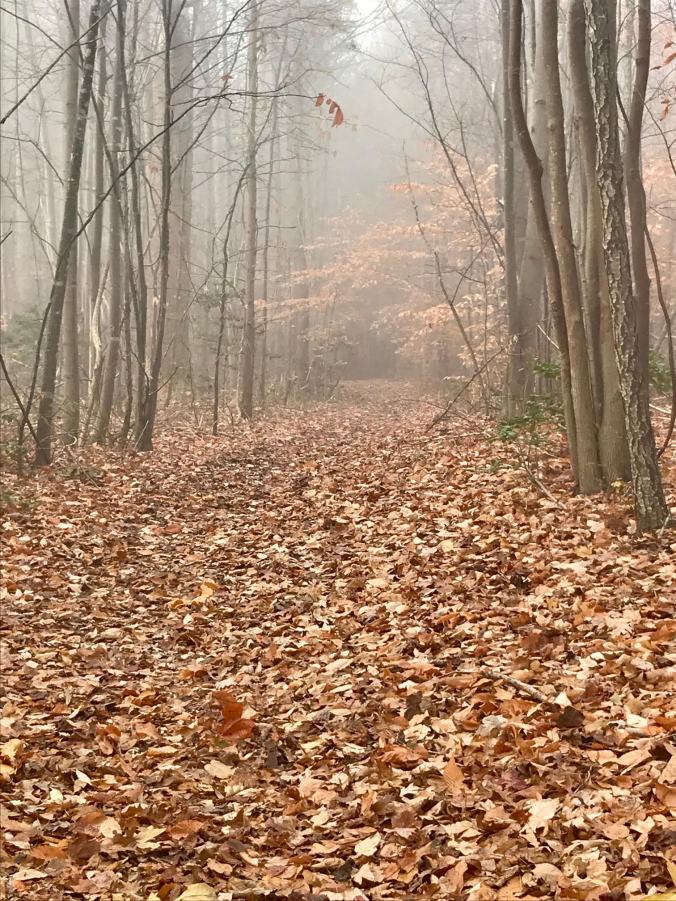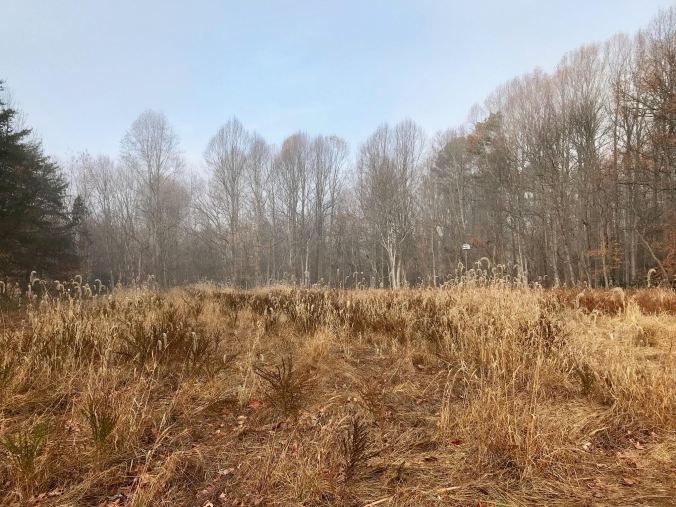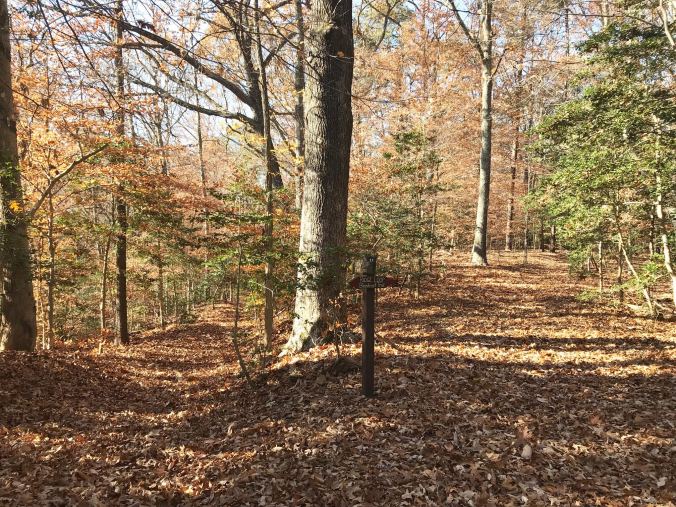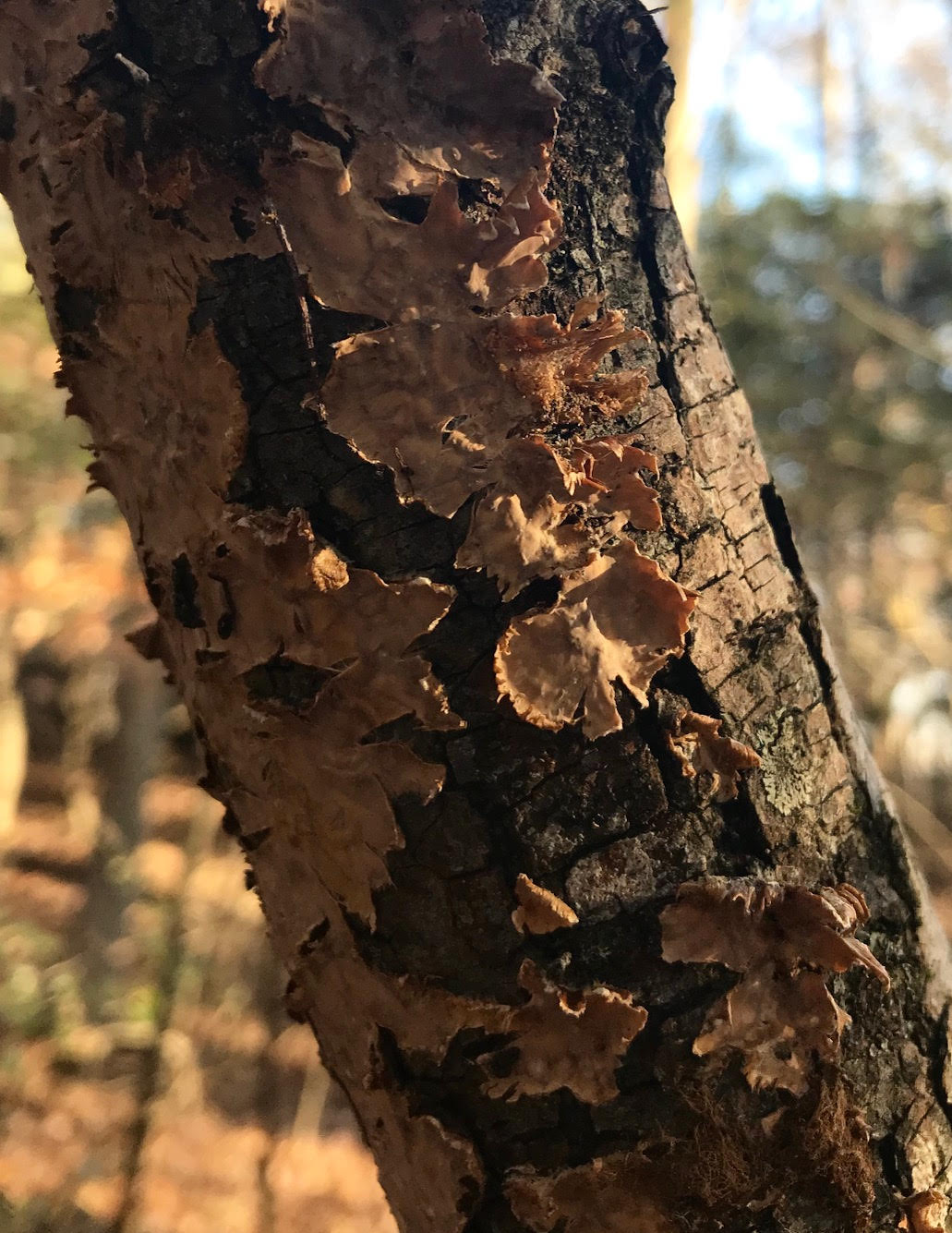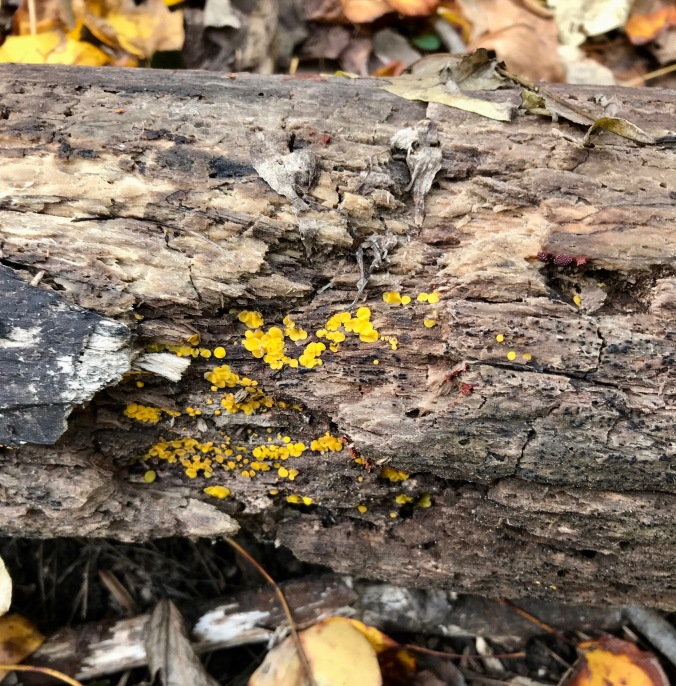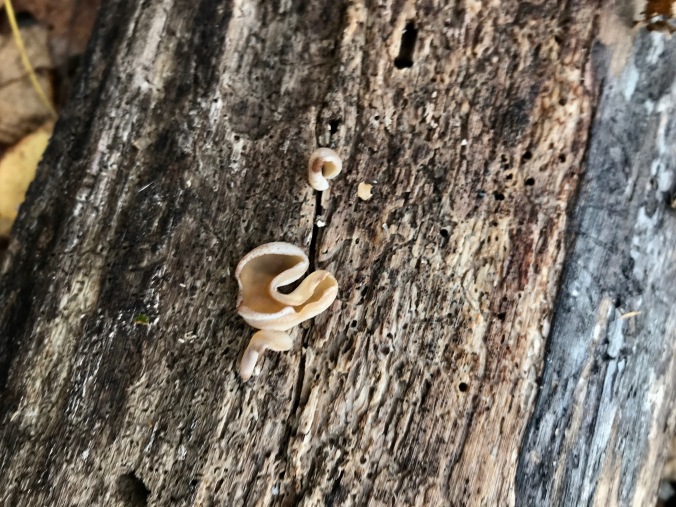Yes, I can go home again.
I can and I did, and it was fantastic.
While out daughter was at basketball camp this week in Blacksburg, my husband and I took the opportunity to tour the mountains of southwest Virginia and southeast West Virginia, hiking peaks and creeks and driving wonderfully winding roads.
It was heaven. Don’t get me wrong, I love living in southern Maryland – the water, the people, and especially the seafood are all excellent – but the old saying is true (for me, at least) you can take the girl out of the mountains, but you can’t take the mountains out of the girl.
My first stop was a new trail at an old haunt, Pandapas Pond. I’ve walked and hiked Pandapas and the Poverty Creek trails with most of my family members and plenty of friends and students, but the one trail I hadn’t done was the Lark Spur trail. My hubby and in-laws refer to this trail as the “rhodie trail” because they hiked it once when the rhododendrons were in full bloom. I wanted that same experience, so I kept putting off hiking it until the “right time”. So, in the four years we lived in Blacksburg, I tried to time it right every spring, and every spring I missed the window (or thought I did), and put it off till the next year. Lesson learned.
Hubby is a late sleeper, so I hit the trail alone after camp dropoff. It felt unbelievably good to be back in the mountain air, with nothing to do but follow my feet and please myself. The sun was shining, the air was warm, and the trail, though only half in bloom, was worth the wait. Here are the trail shots:
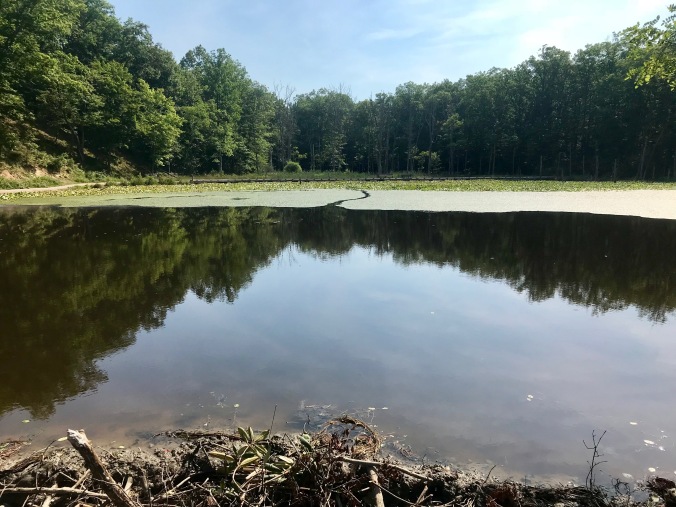
The beavers have been hard at work in the two years we’ve been gone. They’ve completed their efforts at damming the upper pond. You can see their work at the bottom of the above photo – a dam so tight that only trickles escape to the lower pond (enough to keep it full, though). You can also see what seems to be a beaver-made water trail through the lilypads covering the upper pond surface as the builders tend to their creation.

Beetleweed! Beetleweed! Beetleweed! (Galax rotundifolia) I found it blooming on a shady hillside next to the trail around the pond. Research in the Audubon guide taught me that its scientific name, Galax, comes from the Greek word “gala” for milk, referring to the milky color of the blossoms.
Now, as promised, the rhodies. I wish I had taken a picture of the beginning of the Lark Spur trail, but I was so entranced by the canopy of twisting branches and dark, leathery leaves that I completely forgot. It was only after the hall of rhododendron opened to sunny forest with large bushes at each side that I brought my camera out to capture these:
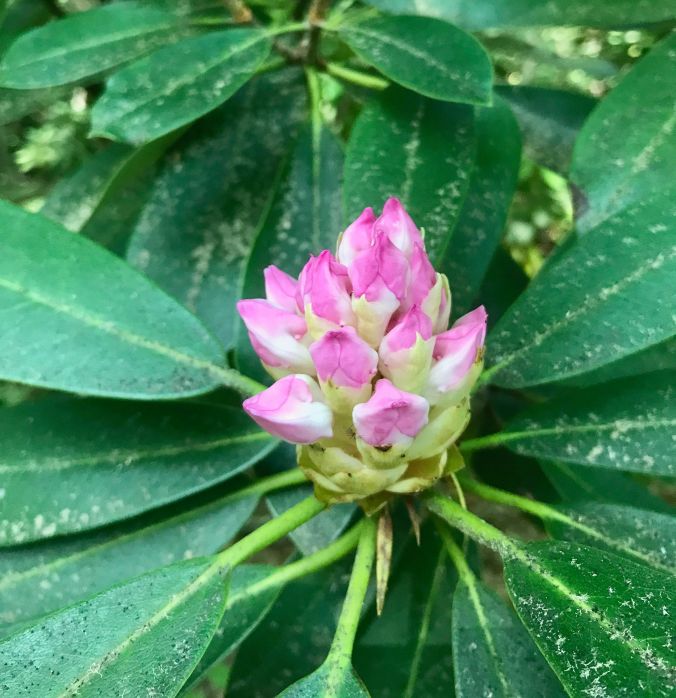
Rhododendron or “Great Laurel” or “Rosebay” (Rhododendron maximum) in bud.
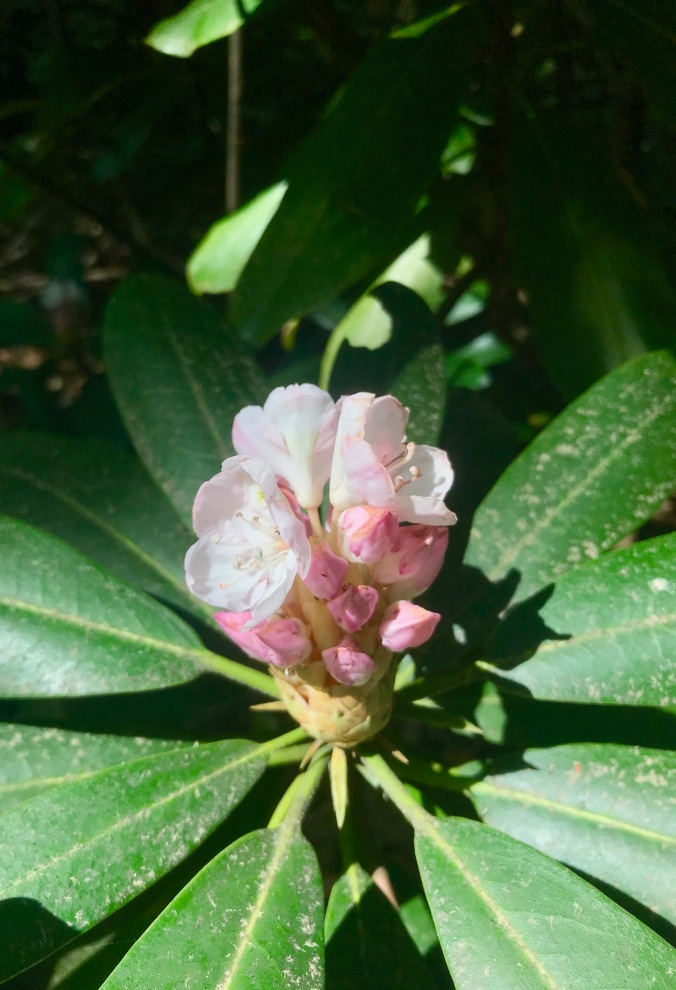
Here’s a rhodie just beginning to bloom. The bright pink of the bud petals softens to a baby pink as the small flowers open.

Wait, what’s this? I found these white galls on many, if not most, of the rhodies I passed. A bit of research has informed me that these galls are formed by an infection of one of the Exobasidium species of fungus. As with many plant infections, it looks a bit unsightly, but really isn’t harming the plant. (It would be much worse for the ecosystem to spray chemicals on a rhododendron to try to kill the fungus than to let the infection take its course. Something to note for the home gardener: research before you spray!)

Ahh, much better. One of the many rhododendrons in full bloom along the trail, showing every pink from punch to powder in its pretty petals.
Right here I need to make a confession, because here is where the photographs from the Lark Spur trail end. The truth is that I had intended to hike the Lark Spur trail out to where it meets the Lady Slipper trail back to the pond, but I reached the place where the Lark Spur and Joe Pye trails connect first, and I decided (upon consulting my trail map, see below) to make the hike a little longer by hopping on the Joe Pye and walking it to where it meets the Lady Slipper. Which was a great idea, for any person who has a decent sense of direction. Unfortunately, I am not that person. I went the wrong way on the Joe Pye and hiked it all the way back to the main Poverty Creek trail and then on back to the pond. (Which made for an even longer, lovelier hike, so take that, gods of orienteering!)
So, the photos from here on out were taken on the Joe Pye trail. But, first, please open enjoy this trail map of the whole system so that you can enjoy my navigational stupidity as much as I did. Poverty Creek Trail System Map
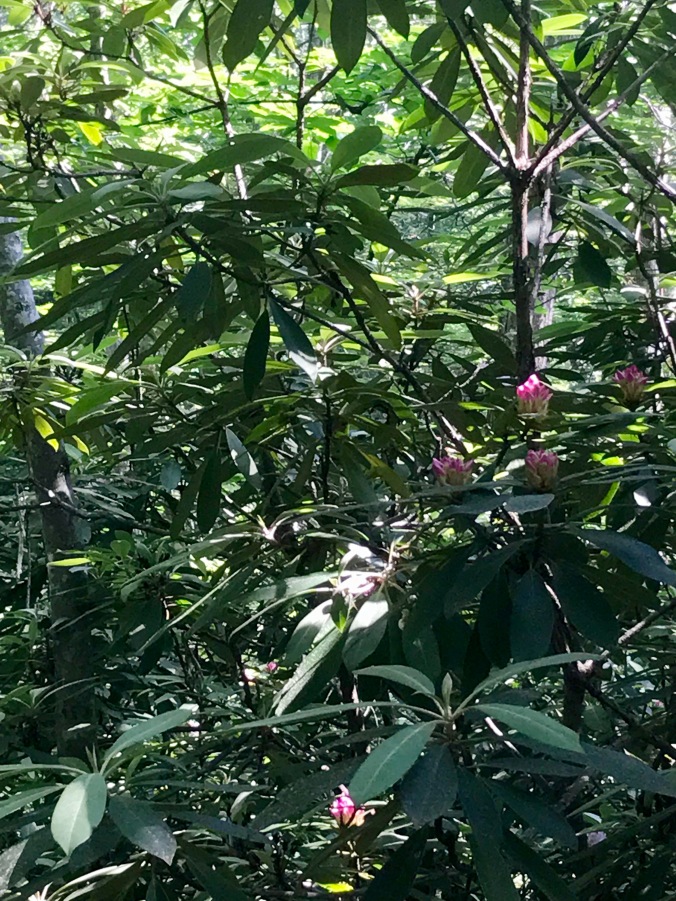
Ridgetop Rhodie: a shaft of sunlight illuminates the leaves and buds of a rhododendron growing alongside the highest elevation of the Joe Pye trail.

Cousin Running Late: This Mountain Laurel (Kalmia latifolia), rhododendron’s cousin in the heath family, had one last blossom open. They usually bloom a few weeks before the rhodies in this area each spring.

Not all forest color comes from flowers! This cinnabar colored mushroom is a russula (Russula spp.), but I can’t say for sure if it’s the Shellfish-scented Russula (I didn’t smell it) or the Emetic Russula (I didn’t eat it or, thank goodness, puke it back up).

From big and red to tiny and alien, fungus takes many forms. These could be tiny, immature Marasimus mushrooms or the spore stalks of a slime mold. I regret not taking out my hand lens to investigate further , then again I was smart enough not to eat this one, either, so on balance I’m okay with my amateur mycology.

I may not have caught a photo of the wonderful rhododendron allee at the beginning of the Laurel Spur trail, but here’s something similar growing over the creek toward the lower end of the Joe Pye trail. If a grove of rhododendrons isn’t the best place in the forest to hide and do magic, I don’t know what is.
Pandapas Pond and the Poverty Creek trail system are absolute must-hikes if you’re in the Blacksburg area, as these previous posts attest:







